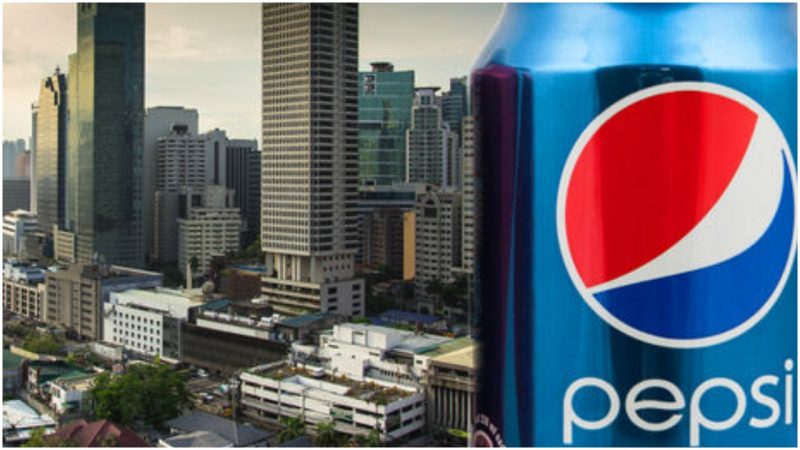It was supposed to be a marketing gimmick, not a fiasco. Due to low sales, Pepsi Cola Philippines Inc. came up with an idea called “Number Fever.” It was a game with few rules, based on luck and desire for instant wealth. But something went wrong. When the winning number was drawn, it turned out that a huge error had been made that led to thousands of Filipinos rioting in the streets, all of them believing they had won the jackpot.
It all began in 1992, when PepsiCo was unhappy that Coca-Cola was outselling their drinks by an immense difference. The market share was 75 percent for Coca-Cola and only 17 percent for Pepsi. PepsiCo created the “The Number Fever” game in the Philippines, which at first proved to be a great marketing solution. It was simple: the underside of the caps of Pepsi, Mountain Dew, and 7 Up contained a 3-digit number and an amount of cash prize, ranging from 1,000 to 1 million Indonesian pesos. The grand prize was the 1 million pesos, and all the caps imprinted with that value were in the final game.
It went viral and increased the sale of Pepsi drinks up to 40 percent in the first two weeks. People went crazy for Number Fever. Everyone was trying their luck. Winners were announced daily and suddenly Pepsi seemed to be everyone’s favorite drink. By the end of the promotion, 31 million people had participated in the game, more than half of the population in the Philippines. But the fever turned into a disaster on May 25 when Pepsi announced the final winner of one million pesos. It was the number 349. The only problem was that instead of one, there were 490, 116 winners, all of whom wanted their million pesos award.
Somebody had blundered. It was assumed that it was the Mexican consulting firm, D.G. Consultores, that Pepsi hired to randomly pre-select the winning numbers from a list of 60 combinations. There was also another list of numbers which were strictly forbidden, and “349” was on it, as there were some 800,000 caps imprinted with that number. Nobody knows what happened with the consultants, but they certainly caused a lot of trouble to Pepsi.
Things went from bad to worse. As the company had a budget of 100 million pesos ($2 million) for the Number Fever promo, it refused to pay the full prize to each of the winners. Otherwise, they would have to pay out 490,116,000,000 Indonesian pesos. But refusing to award the promised prize money was something not many Filipinos would accept. The rioting was led by a group calling themselves the 349 Alliance. Manila’s streets were full of people. More than 30 Pepsi delivery trucks were destroyed and set on fire, and five people died, including three employees at Pepsi’s Davao warehouse after it was attacked with a grenade and a mother with her child.
Although there were some winners who accepted 35,000 pesos as a settlement prize, there were many who believed they deserved more and sued the company. As for Pepsi, things didn’t get better. First, their initial budget for prizes jumped from $2 million to $10 million. And second, Pepsi’s sales not only fell more rapidly than they increased in the Philippines, but the company was faced with years of lawsuit.
It was in 2006 when the Philippines Supreme Court cleared PepsiCo of all criminal charges. The final decision was that “no proof of negligence” by the company was found. But the company faced a great loss, first with trying to pay off the winners, second in the lawsuits against them, and third the damage to their warehouse and trucks in the riots.
